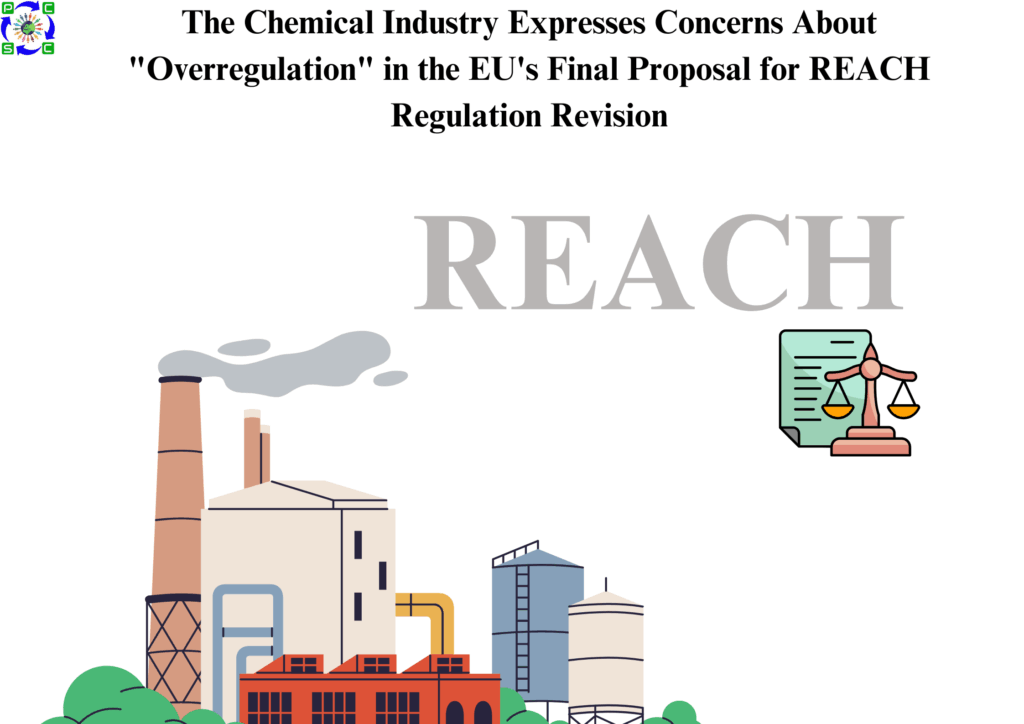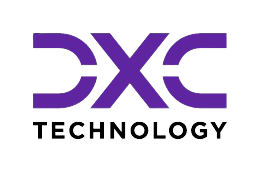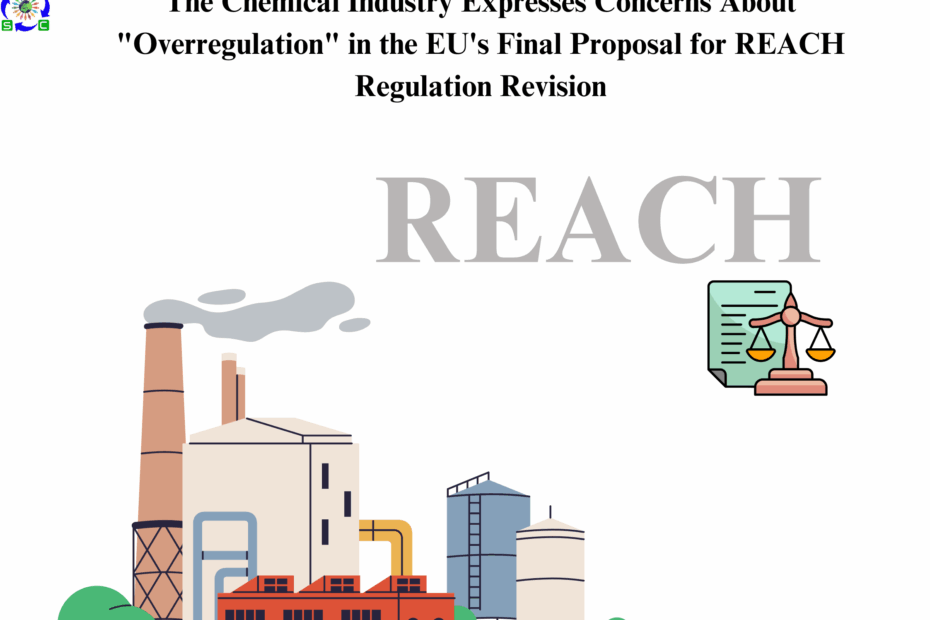 The final REACH reform proposal was formally presented by the European Commission during the REACH-CLAP Joint Consultation Body’s CARACAL-54 meeting on April 3, 2025. The proposal, dubbed “the most significant overhaul in European chemical regulation history,” has provoked conflicting responses, with business warning of worsened sectoral crises and regulators focusing on modernization.
The final REACH reform proposal was formally presented by the European Commission during the REACH-CLAP Joint Consultation Body’s CARACAL-54 meeting on April 3, 2025. The proposal, dubbed “the most significant overhaul in European chemical regulation history,” has provoked conflicting responses, with business warning of worsened sectoral crises and regulators focusing on modernization.
Fundamental Reforms
-
Registration Validity & Verification
-
Registration validity shortened to 10 years
-
ECHA to implement provisional completeness checks
-
Simplified registrations under legacy rules (1-10t/a with physicochemical data only) abolished; full data requirements by tonnage tier enforced
-
Registration Revocation Mechanism (New ECHA Powers)
Triggers include:
-
Registration number expiration (10 years)
-
Failed completeness review
-
Failure to submit full data for NONS dossier updates
-
Failure to update the registration file as required by the assessment resolution
-
Mandatory Dossier Updates
-
Dossier updates required when substances are listed as SVHCs
-
Physicochemical-only dossiers must upgrade to Annex VII compliance
-
Phase-in substance transitional clauses eliminated
-
Testing & Safety Assessment
-
Vertebrate testing proposals extended to Annex VII & VIII test nodes
-
Article 13 aligns with Animal Welfare Directive: “Non-vertebrate methods prioritized”
-
New assessment metrics:
• PMT (Persistent, Mobile, Toxic) substances
• vPvM (very Persistent, very Mobile) substances
• Endocrine Disruptors (EDs)
• DMEL risk classification system
• MAF (Mixture Allocation Factor) for substances >1000t/a
-
Data Sharing Optimization
-
Potential registrants may access structurally similar substance data within 12-year protection period
-
Post 12-year protection: All parties may use Substance A’s study summaries for other substance registrations
-
Polymer Management Reform
Notification system:
-
All polymers >1t/a require notification
-
Polymer classification framework established
Registration criteria:
-
PRR (Polymers Requiring Registration) based on hazard profile
-
Group registrations for PRRs (joint hazard data submission)
-
Annex Revisions
-
Annex III (simplified registration criteria) and XIII (PBT/vPvB criteria) deleted
-
Annexes I, VI-XI (information requirements) revised
-
Annex II updated for CLP/UN-GHS alignment (CARACAL task force review)
Next Steps
Public consultation closes April 25, 2025. Final legislation expected Q4 2025 as part of the chemical industry package. Stakeholders (manufacturers, importers, downstream users) urged to:
-
Audit registration portfolios
-
Assess supply chain digital readiness
-
Submit feedback on MAF and enforcement models
Stay ahead in sustainability compliance with Global PCCS —where expert insights meet the latest regulations. Unlock a future where compliance fuels sustainability, helping your business thrive in a greener, well-regulated world. For more information, contact us at info@globalpccs.com








 Authorised IMDS & CDX Training & Consulting partner for
Authorised IMDS & CDX Training & Consulting partner for






